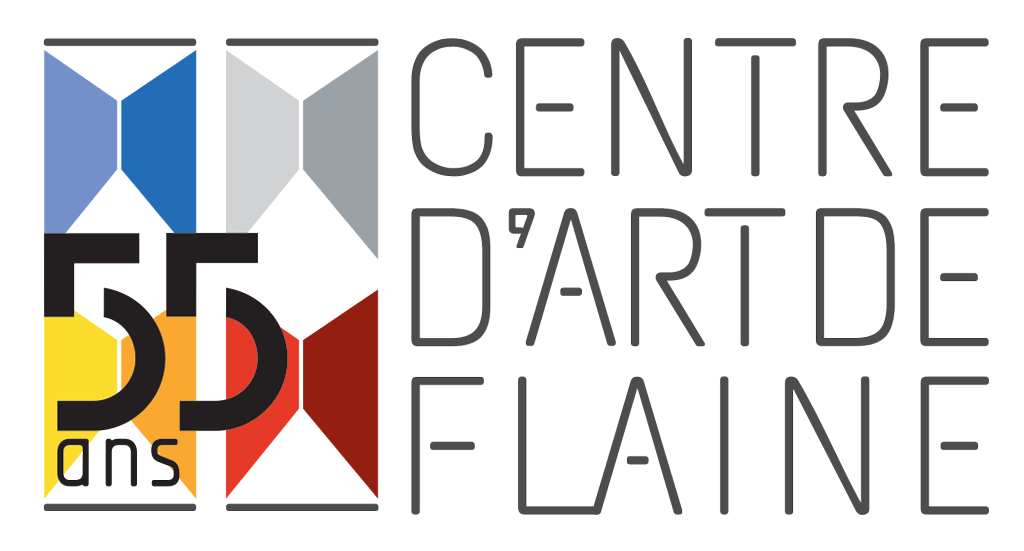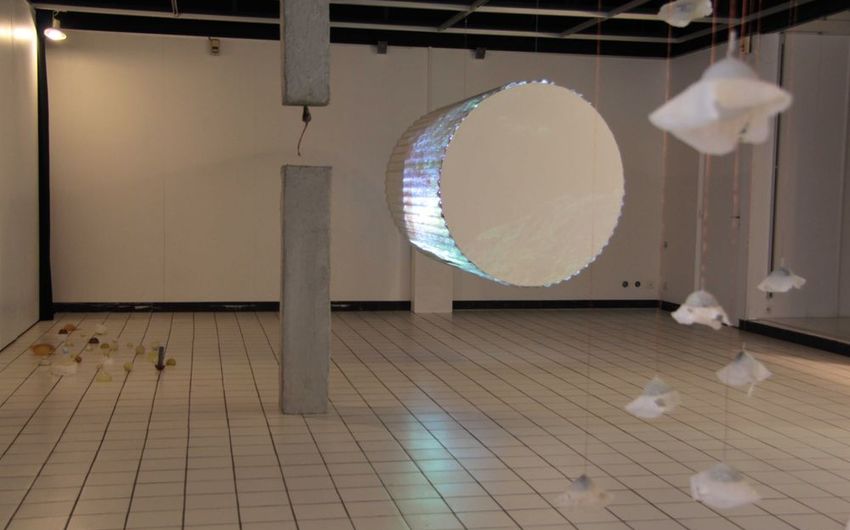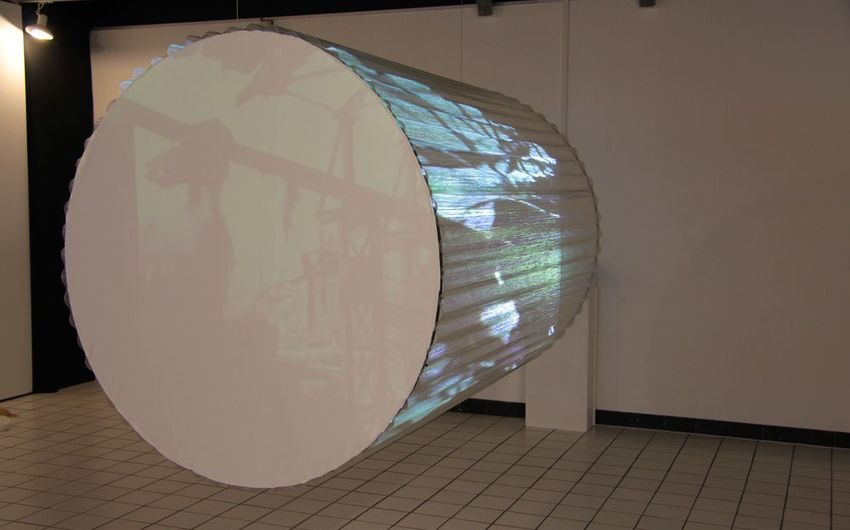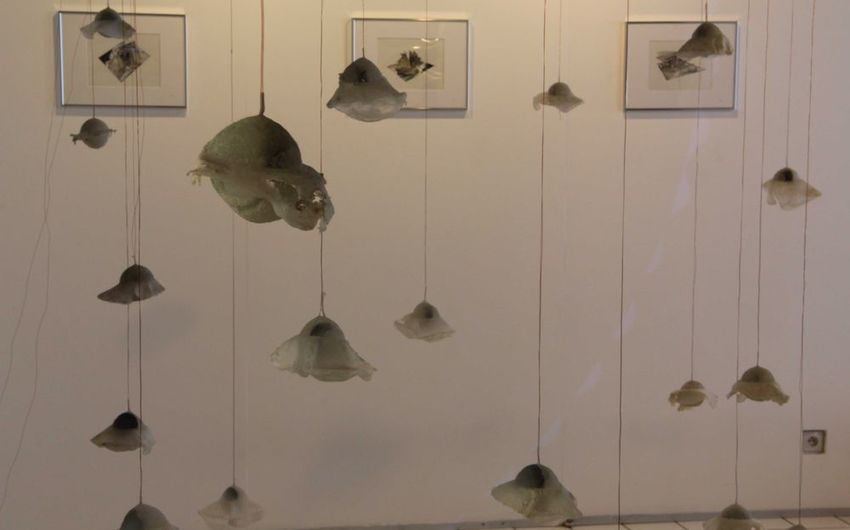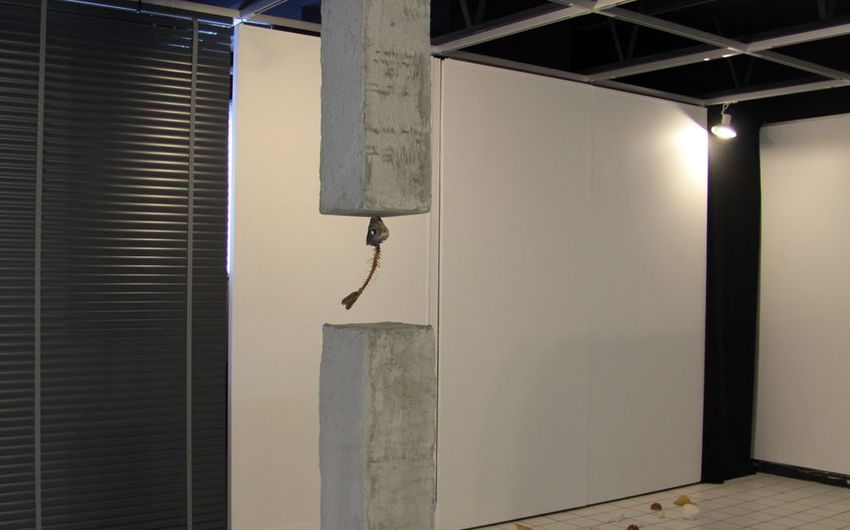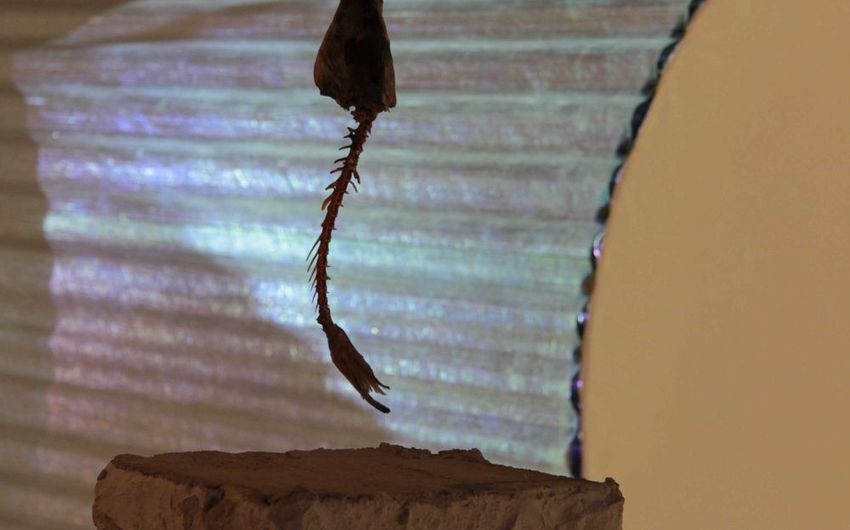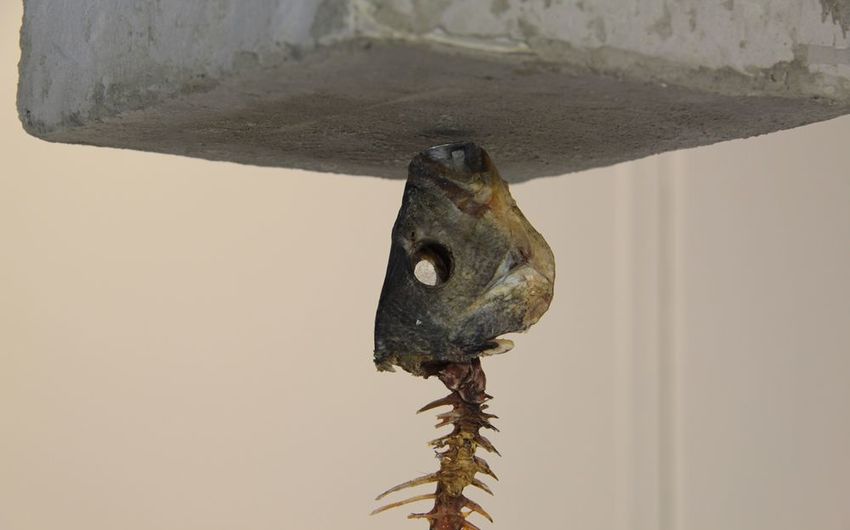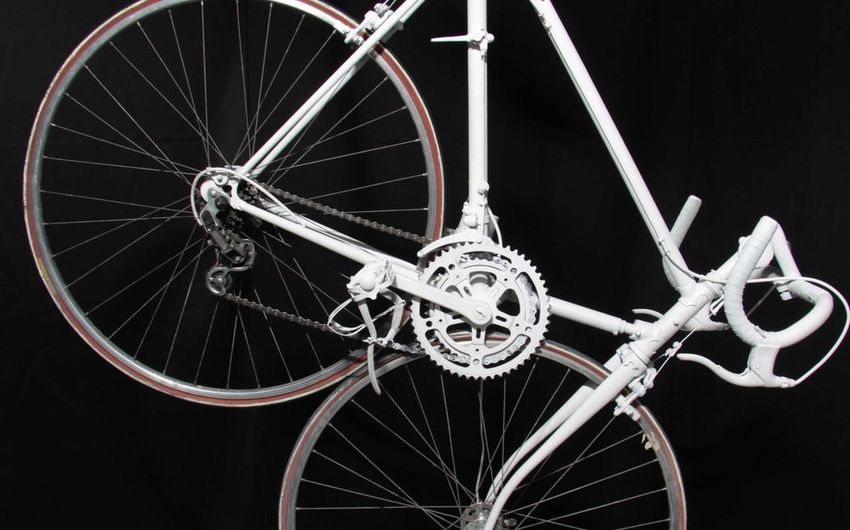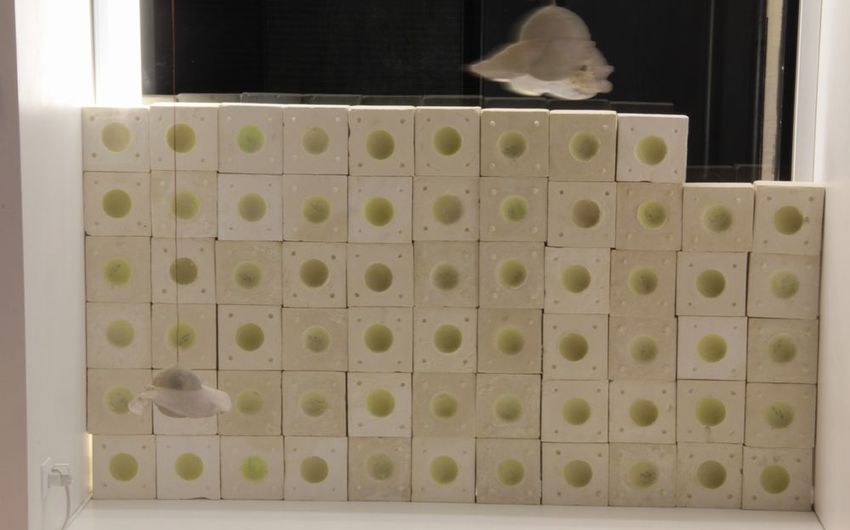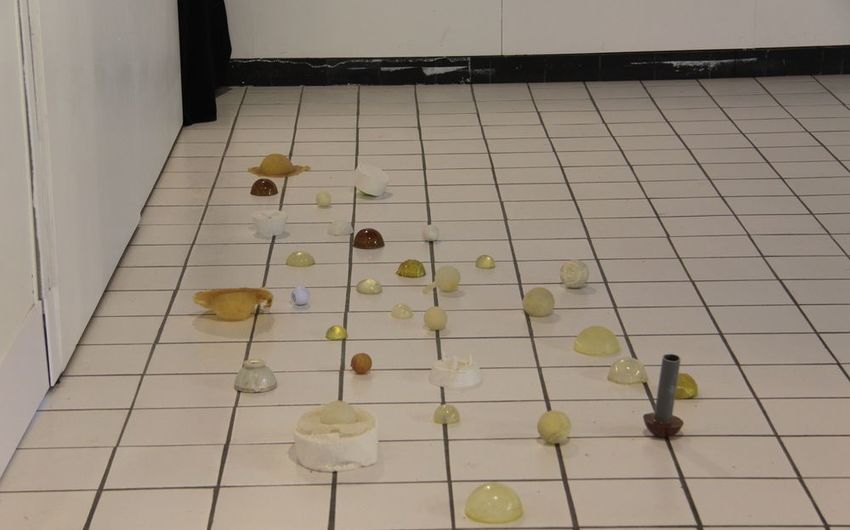DÉSYNCHRONISME Lionel RENCK
01 | 03 | 11
"DESYNCHRONISM"
Lionel RENCK
March 2 to April 30, 2011
Tremors, stiffness of the limbs, difficulty moving, the diagnosis is clear: You have just taken your shoes off after a long day of skiing. A good bath, hot chocolate, and hop to the restaurant!
But be careful because all these symptoms could well be representative of a degeneration of your black substance caused by a genetic abnormality, otherwise called: Parkinson's disease. Discovered in 1817 by James Parkinson, it is then studied by many specialists whose conclusions are still awaited but whose first elements fall in the 1960s. They explain that patients suffering from this disease suffer from a lack of dopamine which is a neurotransmitter produced within the brain and which is the precursor to adrenaline. An essential question therefore arises for all of us: Why continue skiing without adrenaline?
Science did not find a plausible sports answer to this question, so it preferred to seek a medical solution. After many years of laboratory research and multiple experiments, a French team, originally from Grenoble, discovered that this dysfunction came, in parkinsonians, from too much synchronization of neurons. One of the proposed solutions appeared in the 1980s. After an intervention of ten hours, it involves implanting one or two electrodes in the target nuclei of the brain, in order to desynchronize them by pulses. electric high frequencies. The treated patients then recover their faculties, losing the symptoms of tremor, and other anomalies.
Lionel Renck offers here a less expensive and certainly less dangerous alternative: art. Each installation becomes a real electrical impulse that upsets our actions and has the effect of "deep brain stimulation".
Our brain is first caught by this fish which levitates between two concrete blocks. A sort of coring allowing the discovery of this fossil, it offers mountain archeology which echoes the buildings of Marcel Breuer.
By creating a landscape made up of various video sequences, Chantier d'Ideas enriches this thesis with a surgical intervention on the station and its inhabitants. Through a monolithic cylinder, our gaze is wandering in a procession of images which seems to contain objects whose use is uncertain but which make up the exhibition.
All these installations disrupt the exhibition space and thereby the viewer's experience. The mold wall hides one of the essential elements which is the display case. It therefore shakes the concrete architecture as well as the tiling of the place, by its organic appearance as well as by the sound that seems to propagate from the glass. It is by agreeing to go to the other side of it that the successive tearing of the bullets gives life to this piece.
Away, regular flashes fill the exposure directly echoing the electroshock which must compensate for the dark substance but here, if they do not calm the tremors, they intermittently reveal a bicycle which seems to be nourished by a strange particular. Are we missing our brains?
Lionel Renck's pieces are real sensitive stimuli that could cause us to become out of sync and bring us back to normal. By destabilizing our familiar environment (the wheels of a hanging bicycle create the image of a Möbius ribbon), our scientific knowledge (a fish floats in the center of a concrete column), our perception of images (watercolors inspired by Gustave Courbet develop little by little in space creating real virtuality), it reintegrates a dose of reality, sensitive normality and reduces the effects of a ski resort like that of Flaine, while putting highlight the challenges of a cultural center.
Anthony Lenoir (March 2011)
